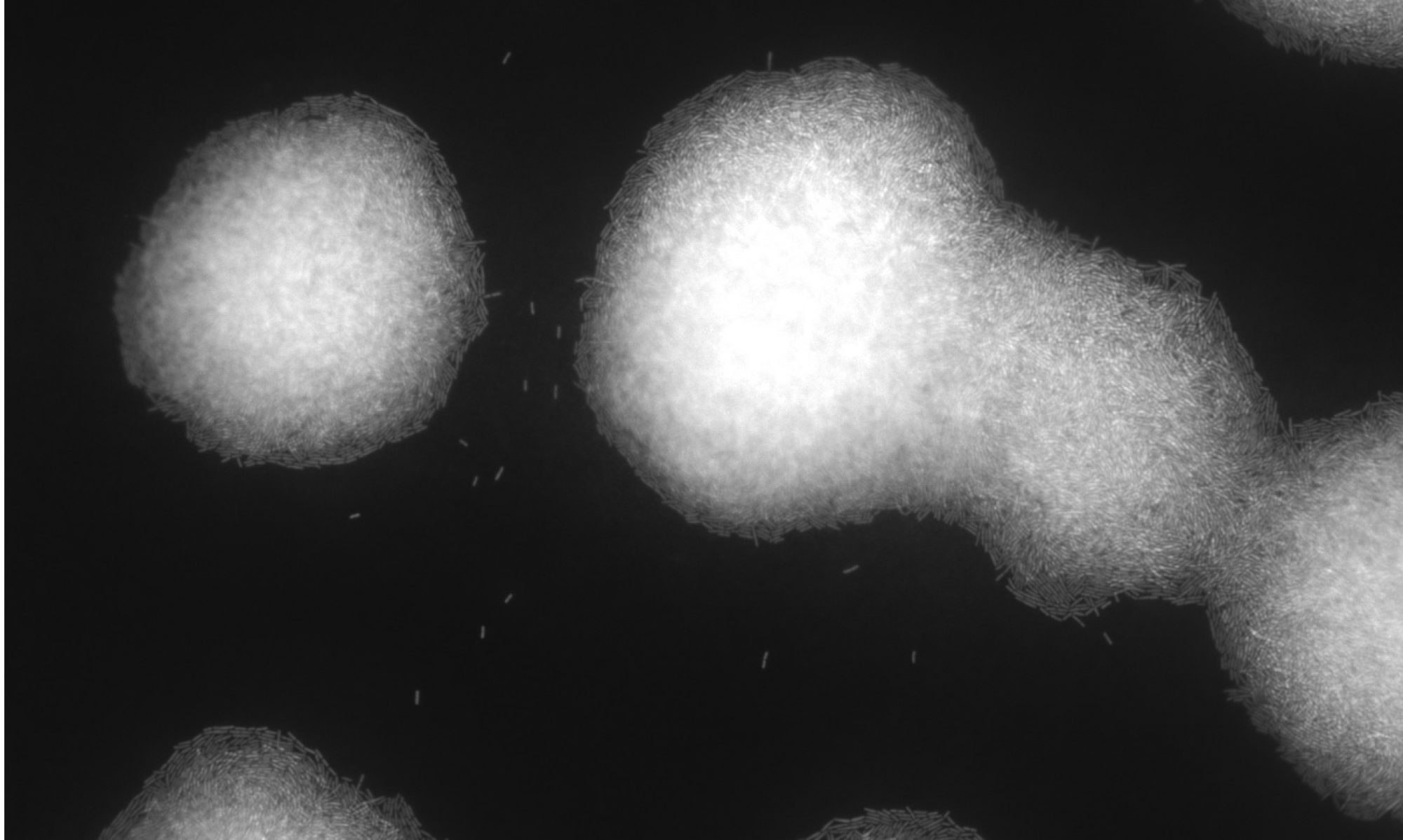Testing the presence of starch degrading activity in a solution by mixing with starch and measuring residual starch after a certain time period. The assay has been working well for a positive/negative result (no rates!) on starch degrading enzymes in supernatants and pellets of lactobacilli. The enzyme activity has been very slow hence the long incubation time, the use of chloramphenicol and lack of a measure to stop the activity. You will have to adjust the assay in case you require rates and in case you activity is fast.
Requirements
-1.0 mg/mL of “soluble starch” (Sigma S9765) in “amylase buffer” (100 mM sodium acetate, 5 mM CaCl2)
-Iodine stock solution: 0.2 gram I2 and 2.0 gram KI in 100 mL H2O (store at room temperature in the dark)
-Iodine working solution: dilute iodine stock solution 100x in 0.05 M HCl (~300 uL per sample)
-optional: 10 mg/mL chloramphenicol solution dissolved in ethanol (1000x). I add this to the starch assay to prevent growth because of the long incubation time and the fact that my samples have cells in them.
Assay
-150 uL starch solution into flat-bottom transparent polystyrene 96-wells plate (Greiner ref 655191),
-add 50 uL enzyme solution. I either use culture supernatants by removing the cells through spinning 20 minutes at 4°C and maximum speed (4754 rcf in our case). Or I use the pellet that I wash three times with PBS.
-seal airtight using a sterile covering adhesive film (VWR) and parafilm around the edges.
-incubate for 24h at 37°C.
-remove seal, let plate cool down to room temperature
-transfer 10 uL to a new flatbottom transparent 96 well plate, add 290 uL of the working solution.
-make a calibration curve by diluting starch in water, I use 1%, 0,9%, 0,8% etc.
-measure the uncovered plate at optical density 600 nm.

